Growing Guide
Grow seeds
For the germination speed, it is good to first soak the seeds in a glass of water at room temperature for about 24 hours.
There are several methods for germinating the seeds:
Moisten a piece of paper towel (or coffee filter) by spraying with a plant sprayer. The paper should be damp, but not soaking wet.
Fold the damp paper towel in half. Place the seeds about an inch apart on one half of the paper towel and fold the other half over the seeds.
The paper towel should then be placed in a sandwich bag or a zip-lock bag. Leave an opening of a few cm for ventilation.
Place the bag in a warm, draft-free place and out of direct sunlight. The bag retains heat and moisture and thus creates a mini greenhouse for the pepper seeds. The ideal temperature for germination of pepper seed is between 25 and 30 degrees. A little cooler is also possible, but then germination could take a little longer.
Check the seeds daily for germination and make sure the paper is still moist. If it dries out, mist it again.
Depending on the species, most pepper seeds will germinate within a week. This should take no longer than 10 days.
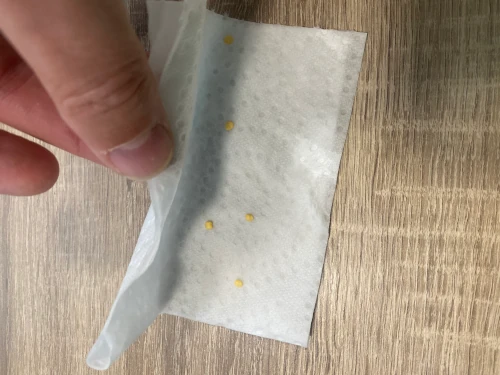
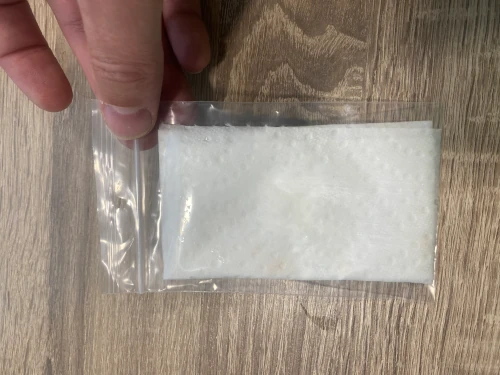
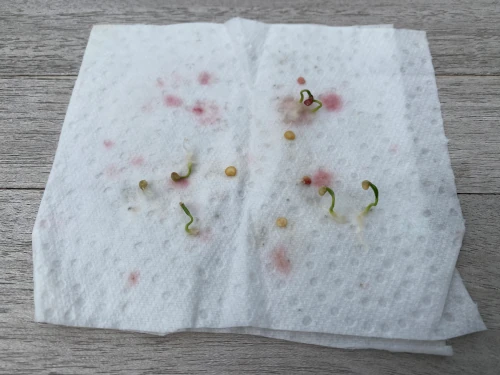
After germination it is time to transfer the seeds to a pot. Sprouted seeds are very fragile, so be careful with this step. Use tweezers to grab the seeds by the seed bodies, or use scissors to trim the paper towel around the sprouted seeds. Use your thumb to make holes in the potting soil, then transfer a sprouted pepper seed into the hole. Carefully cover with dry potting soil. Mist the ground surface.
Place the tablets upright, ie the non-net side up. Then add plenty of water, so that the tablets will expand in a few minutes to a height of about 5 cm. Once hydrated, place the seed at the top (about 5mm deep), making sure to cover it again.
When the plant has germinated, it can continue to grow in the peat tablet for a while. When the plant is a few cm high, you can repot it. It is not necessary to remove the net, it can go straight into the soil. The roots will easily grow through this.
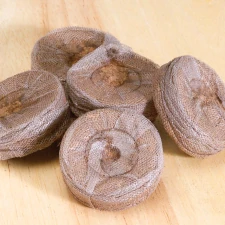
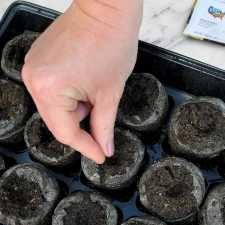
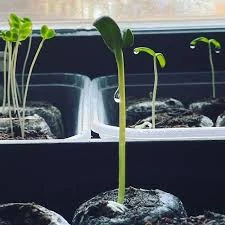
Fill a small pot with the potting soil. It is wise to put some water in the pot before you put the seed in the soil. Keep in mind that it can happen that a seed does not germinate. So plant 4 seeds, for example, if you want to grow 3 plants.
After the soil has been moistened by water, you can put the seed in the ground. Make sure you don't put the seed too deep in the soil (about 5 mm). It is now important to keep the soil slightly moist until the seed has germinated.
A good way is to make small holes in a clear plastic bag and place it over the pot. You can attach the plastic bag to the pot with a rubber band. Don't forget to open the plastic bag from time to time, otherwise the seed may mold or rot. You don't want to kill your precious seeds!
Often the seeds will germinate after 7 to 14 days, depending on the variety. It regularly happens that this takes a little longer, for example 3 to 4 weeks. Do not panic if after 3 weeks the seeds still have not germinated. There are many factors that influence this: temperature of the soil and air, the humidity and the depth of the seed.
You can choose to grow the plant indoors or outdoors.
Growing indoors
You can grow your plants indoors, and many people have been doing this successfully for years. Not every type of pepper plant will be as successful as others, but you do have options. Smaller pepper plants, such as ornamentals, will grow more effectively indoors because they don't require as much space as a larger plant.
Find a good and warm sunny windowsill. Preferably at least 6 hours of sunlight, the more the better. By nature, almost all species come from a tropical environment. The plants should be repotted when they start to grow.
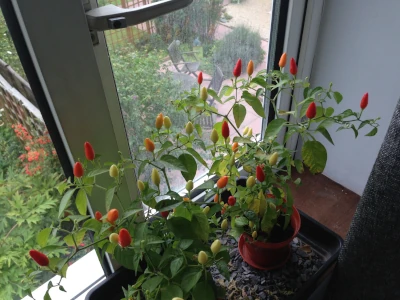
Growing outside
To grow pepper plants outdoors, the seeds should preferably be planted in January/February. Please note, you have to be sure that there will be no more night frosts, this can kill the seeds/plants.
Pepper plants are a little slow growing at first, so it's best to grow the plants indoors for 8 to 12 weeks before moving them outside.
When there is no longer a chance of night frost, you can place the pepper plants in your garden in a chosen spot. Choose a location with plenty of sunlight, as the plants love the sun.
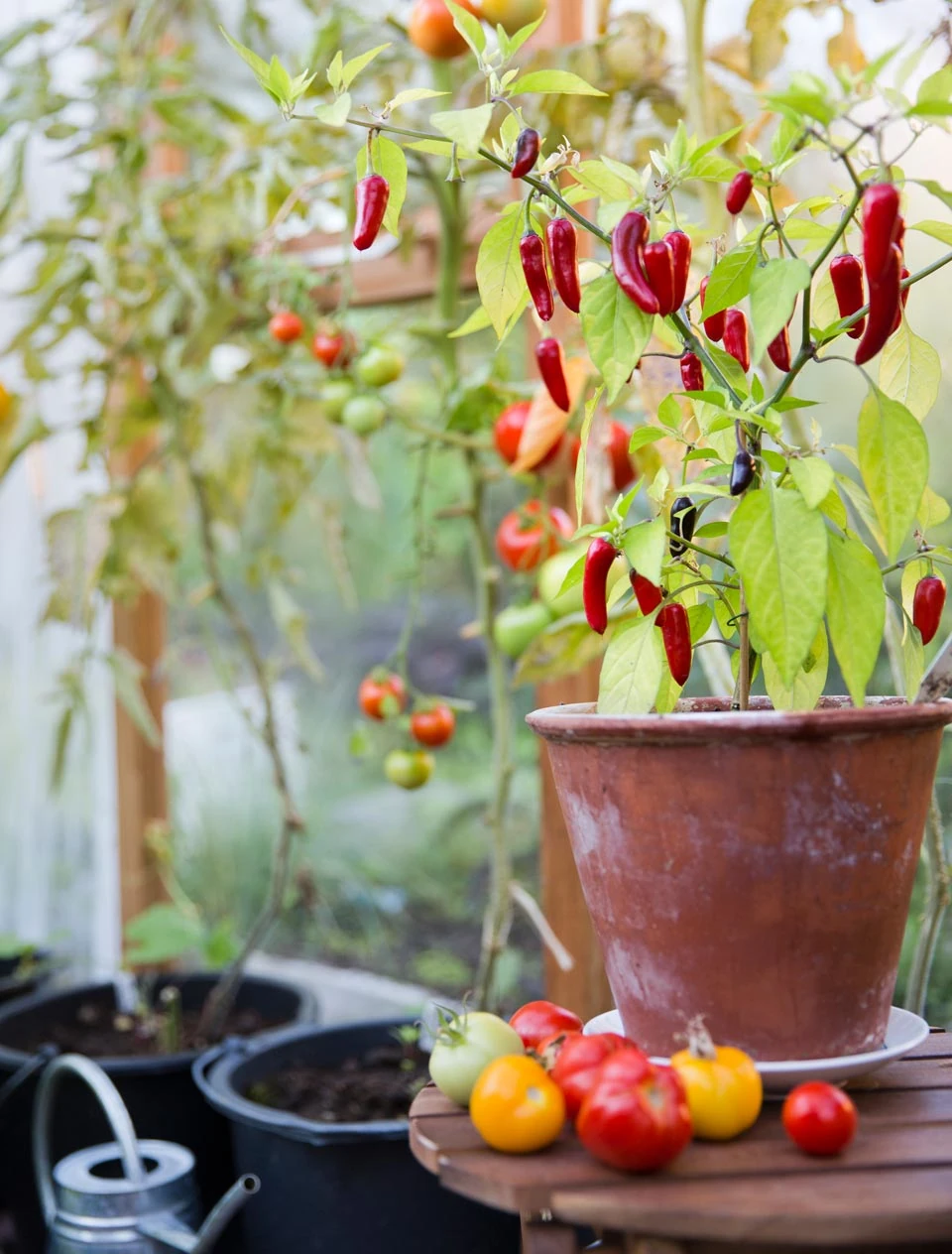
How much space do pepper plants need?
Space the plants 20 - 30 inches apart. Most plants can eventually grow to a meter in height.
Nutrition
Feeding your plants can help, especially if you grow them indoors. Ordinary potting soil contains sufficient nutrition for the first 2 months, after that it is recommended to add additional nutrients. Chilli Focus Pepper or a similar plant food or fertilizer is recommended for feeding the plants.
Temperature
Many pepper plants prefer the warmer climates, but some varieties grow best in more moderate temperatures. Capsicum annuums grow best with plenty of sun and moderate humidity, while Capsicum chinense grows best in moderate temperatures and higher humidity. Most plants prefer cooler evening temperatures.
Light
Light is always an important factor. Place your plants near brightly lit windows with lots of sunlight. Little sunlight results in narrow stems.
Watering
Be sure to water well when growing the peppers indoors. Water when the soil is slightly dry, but don't overwater as the roots can rot, killing the pepper plant. Water until the soil is slightly moist.
Air quality
When growing indoors, air quality is very important. You don't want to pollute the air with smoke or other irritants, as this can affect the growth of your chili pepper plants.
When growing outdoors, always make sure to remove any weeds. Finally, keep an eye on your pepper plants. Some can be harvested faster than others, but many varieties take a while.